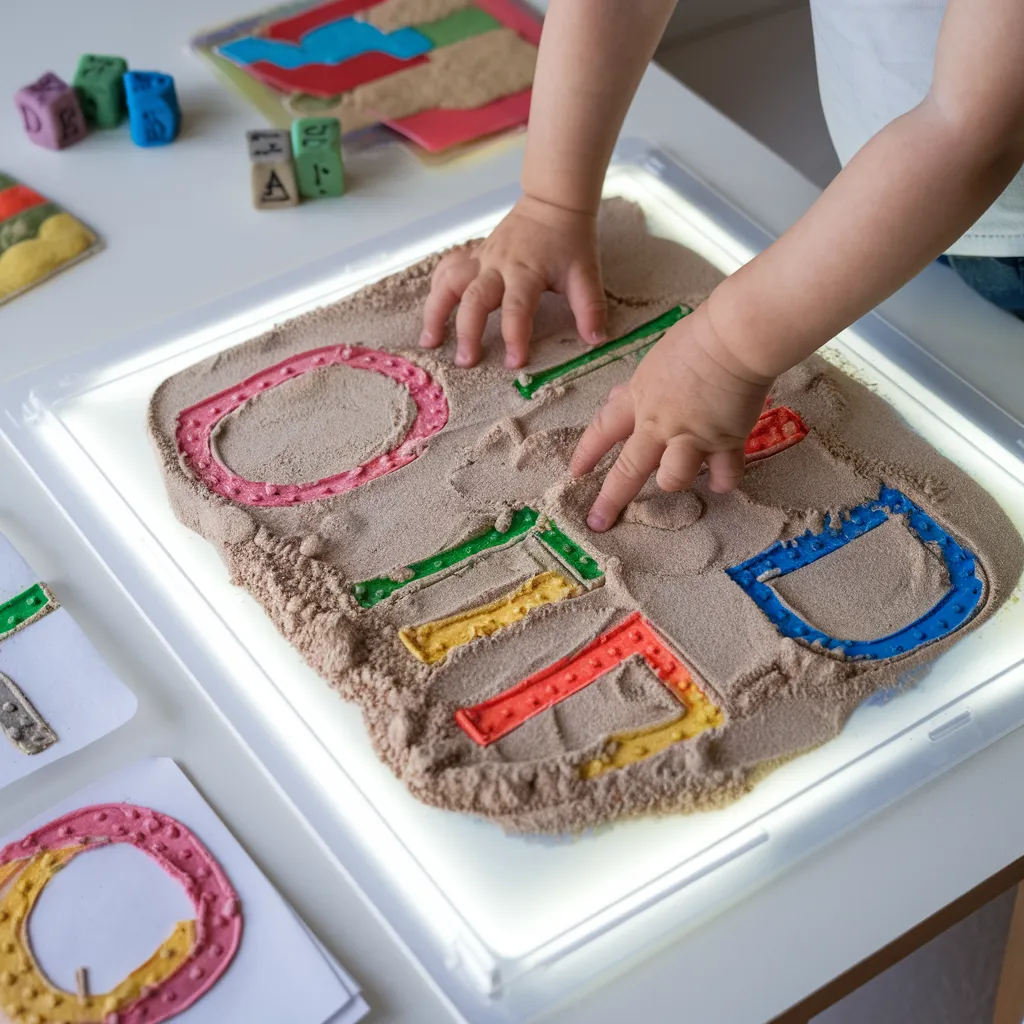Teaching the alphabet is one of the most fundamental steps in a child’s educational journey. As the foundation for reading and writing, mastering the ABCs opens doors to literacy and lifelong learning. However, knowing how to teach the alphabet effectively requires more than just reciting letters in order. The most successful approach combines playfulness with structure, engaging multiple senses while maintaining a child’s natural curiosity. Whether you’re a parent starting your child’s education at home or a teacher facing a classroom of eager learners, this comprehensive guide offers practical, research-backed strategies to make alphabet learning both enjoyable and effective.

Understanding Alphabet Learning Development
Before diving into teaching methods, it’s important to understand how children typically learn the alphabet. Development follows predictable patterns, though every child progresses at their own pace.
The Natural Progression of Learning How to Teach the Alphabet
Most children begin recognizing some letters between ages 2-3, often starting with the first letter of their name. By age 4-5, many can identify most uppercase letters, with lowercase mastery following shortly after. Letter sounds typically develop alongside recognition, though some children may recognize all letters before connecting them with their sounds.
Signs of readiness include:
- Showing interest in books and stories
- Recognizing some letters in their environment
- Attempting to « write » or draw letters
- Asking questions about written words
Fundamental Principles for Effective Alphabet Teaching

Make Learning Multi-Sensory
Children learn best when multiple senses are engaged. Effective alphabet teaching incorporates:
- Visual stimulation: Colorful letter cards, picture books, and environmental print
- Auditory learning: Songs, rhymes, and clear pronunciation
- Tactile experiences: Tracing letters in sand, forming shapes with play dough
- Movement-based activities: Forming letters with the body, alphabet scavenger hunts
Research shows that this multi-sensory approach strengthens neural connections, making learning more permanent and meaningful.
Focus on Phonological Awareness
While letter recognition is important, understanding the sounds letters make (phonological awareness) is equally crucial. Children who develop strong phonological awareness have an easier time learning to read later on.
7 Engaging Activities for Teaching the Alphabet

1. Letter of the Week Approach
Dedicating focus to one letter at a time allows for deep exploration of both form and sound:
- Choose a letter to highlight for 3-5 days
- Surround children with items beginning with that letter
- Read books featuring the letter prominently
- Create crafts shaped like or starting with the letter
- Prepare snacks beginning with the letter sound
2. Alphabet Books and Stories
Quality alphabet books serve as excellent teaching tools:
- Read alphabet books regularly, pointing to letters as you read
- Discuss the illustrations and how they relate to letter sounds
- Create personalized alphabet books with familiar objects and people
- Visit libraries for varied alphabet book exposure
3. Sensory Alphabet Activities
Engaging tactile experiences make letters memorable:
- Form letters with play dough or clay
- Trace letters in shaving cream, sand, or salt
- Create textured letters using fabric, sandpaper, or pipe cleaners
- Use water and paintbrushes to « write » letters on sidewalks or fences
4. Movement-Based Letter Learning
Physical activities reinforce letter knowledge while burning energy:
- Form letters with body positions
- Play alphabet hopscotch
- Go on letter scavenger hunts
- Dance to alphabet songs with corresponding movements
5. Digital Learning Tools
Strategic use of technology can supplement hands-on learning:
- Select high-quality alphabet apps focusing on proper letter formation
- Use interactive alphabet games emphasizing letter-sound connections
- Watch educational videos demonstrating letter sounds in context
- Create digital alphabet books with photos of familiar objects
Customizing Your Approach to Teaching the Alphabet

Adapting for Different Learning Styles
Every child has preferred ways of processing information:
- Visual learners: Use colorful flashcards, videos, and picture books
- Auditory learners: Emphasize songs, stories, and verbal word games
- Kinesthetic learners: Incorporate movement, tracing, and hands-on activities
- Social learners: Create group games and interactive activities
Supporting Struggling Learners
If a child finds alphabet learning challenging:
- Break learning into smaller segments
- Increase repetition without creating frustration
- Focus on success with a few letters before expanding
- Consider professional assessment if difficulties persist
Common Alphabet Teaching Mistakes to Avoid
Even well-intentioned teachers and parents can make these errors:
- Teaching letters in strict alphabetical order (instead, start with meaningful letters like those in the child’s name)
- Focusing exclusively on letter names without teaching sounds
- Overlooking lowercase letters (which appear more frequently in reading)
- Creating pressure or anxiety around learning
- Neglecting to connect letter learning to meaningful contexts
Conclusion
Teaching the alphabet effectively combines structure with play, consistency with creativity. The most successful approach to how to teach the alphabet acknowledges each child’s individual pace while providing rich, multisensory experiences that make letters meaningful. Whether working with a single child or a classroom, remember that alphabet learning should be joyful, not stressful. By incorporating these evidence-based strategies into daily activities, you’ll help build not just letter knowledge but a positive relationship with literacy that can last a lifetime. Start with what interests the child, maintain a playful attitude, and celebrate each small success along the way.
FAQ About Teaching the Alphabet
At what age should children start learning the alphabet?
Most children show readiness for alphabet exposure between ages 2-4, though formal instruction typically begins around age 4-5. Rather than focusing on a specific age, look for signs of interest and readiness in the individual child. Early exposure through reading, conversation, and environmental print provides a natural foundation.
Should I teach uppercase or lowercase letters first?
Many educators recommend beginning with uppercase letters because they’re visually simpler and more distinct from each other. However, introducing both forms simultaneously works well for many children, especially when focusing on meaningful letters like those in their name. The most important factor is consistency in your approach.
How long does it typically take for a child to learn the alphabet?
The timeline varies significantly between children. Some may recognize most letters within a few months of focused teaching, while others might take a year or longer. Consistent exposure through varied activities generally leads to mastery by kindergarten age, though deeper understanding of letter-sound relationships continues developing through early elementary years.
What if my child shows no interest in learning how to teach the alphabet?
If a child seems uninterested, focus on making letters relevant to their existing interests. Point out letters on favorite toy packaging, create games around topics they enjoy, or use alphabet books featuring preferred subjects like animals or vehicles. Keep activities short and playful, and never force learning when a child is resistant. Sometimes, taking a break and returning to alphabet activities later results in renewed interest.
How can I assess my child’s alphabet knowledge?
Informal assessment through games and conversation often works better than formal testing for young children. Notice which letters they recognize consistently in different contexts, which sounds they can produce, and whether they’re beginning to make connections between letters and words in their environment. For more structured assessment, alphabet recognition charts (where children identify letters you point to) can provide insight without creating pressure.
